- Learning time
- 30 minutes
- First play time
- 40 minutes
Paper Dungeons
Designed by: Leandro Pires
Paper Dungeons takes a popular mechanic of roll and write and aligns it with a popular theme: the dungeon crawl. Adventurers set out to scope the murky monster-populated depths, and plunder what they can. A role-play session takes several hours, but Paper Dungeon reduces it to 20 minutes.
In brief, everyone has a sheet representing the dungeon in question, and the game provides variety in various set-up cards that add both randomness to the layouts and separate objectives for each player. Then in each of the games’ eight rounds, six dice are rolled, and everyone chooses three dice for themselves (-you don’t physically take them, so players can share) and uses them on their sheet. There’s four basic actions: to explore the dungeon, craft an artifact (-make helpful things) or brew a potion (-to avoid taking damage from bad guys) you can use any die, regardless of colour or symbol. To level up one of your four adventurers (warrior, wizard, cleric, rogue) both the colour and symbol must match. Which can be irksome, but it’s worth doing, because having more powerful adventurers helps you in the main event, which is exploring the dungeon.
Your adventurers move as a unit, and you simply track where they are by drawing arrows on the map, where every square represents a new room. But dungeons are dangerous places: many rooms have traps (take one damage) or evil minions (whom a specific adventurer must battle: if you’ve not levelled them up it means taking more damage) and also three monsters to fight.
You don’t have to fight a monster – in fact, if the route you’ve chosen doesn’t cross their paths then you can’t. And as all players are choosing their own routes through the dungeon, it’s possible some will and some won’t. But it’s worth doing so because defeating them – assuming you do defeat them – rewards you with points, along with a bonus for the most destructive player (you also receive a salvo of damage, but hey, it is a battle).
That’s pretty much it. The sheets look extremely complicated, but a first play will help overcome any iconography-related panic. Potions help offset damage, artifacts do various things such as move through walls or water; get a free level-up action and so on, and be mindful of how much damage your adventurers are taking: it costs you points at the end of the game, and if the damage track ever overtakes your collective health track (which improves every time you level up, thankfully!) there’s an almost-irrecoverable 9 point penalty!
The guru's verdict
-
Take That!
Take That!
The players don't really have any interaction, though I suppose you could laugh at someone's misfortune: if your adventurers aren't strong enough to defeat the monsters, they run away with a sore behind.
-
Fidget Factor!
Fidget Factor!
Really, almost none, as long as there isn't someone taking an age to decide. All players select and activate dice at the same time.
-
Brain Burn!
Brain Burn!
Everything feels rewarding, but it's also about balancing various needs: to defeat monsters, you need to level up. To offset damage, you want potions. Artifacts are helpful, but then exploring the dungeon is great, because you can defeat minions and get rewards!
-
Again Again!
Again Again!
Cleverly constructed to change both maps (a little) and monsters from game to game, Paper Dungeon also has you, for better or worse, at the mercy of the dice.

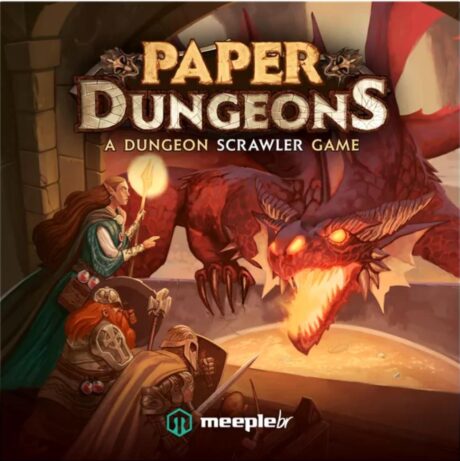
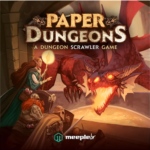
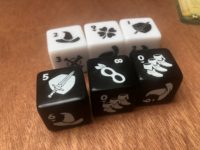
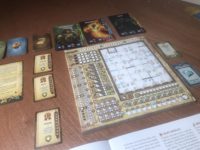
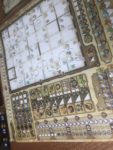
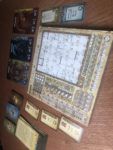


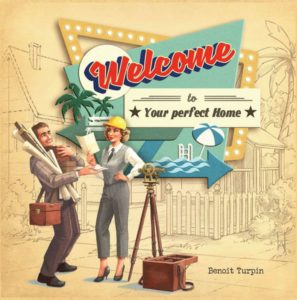
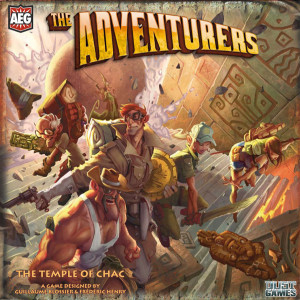
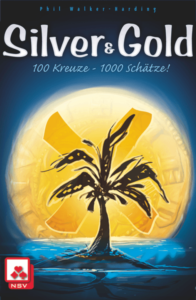
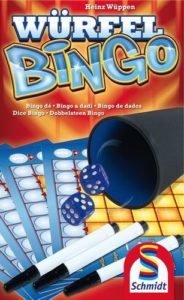

Sam says
Normally I like roll and write games simple: the simpler the better. For that reason I wasn't mad on Welcome To... which seemed to take an inherently fun and funny game dynamic, and make it more of a protracted puzzle. Despite being similarly complex - for this type of game - I enjoy Paper Dungeons a lot more: despite being very much a roll and write (roll dice, choose three, next round) it manages to tell a little story, of exploration, adventure, and a dramatic finale. When I played it once, I instantly wanted to play it again. The only downside is the sheets are limited to about 80. If you want to play every week they'll run out pretty fast, so it might be worth investing in every dungeon's most magical artifact: the laminator.